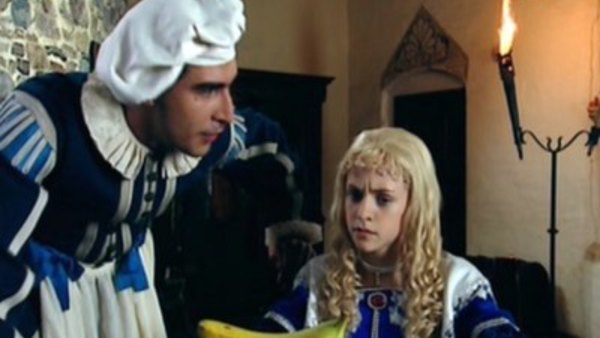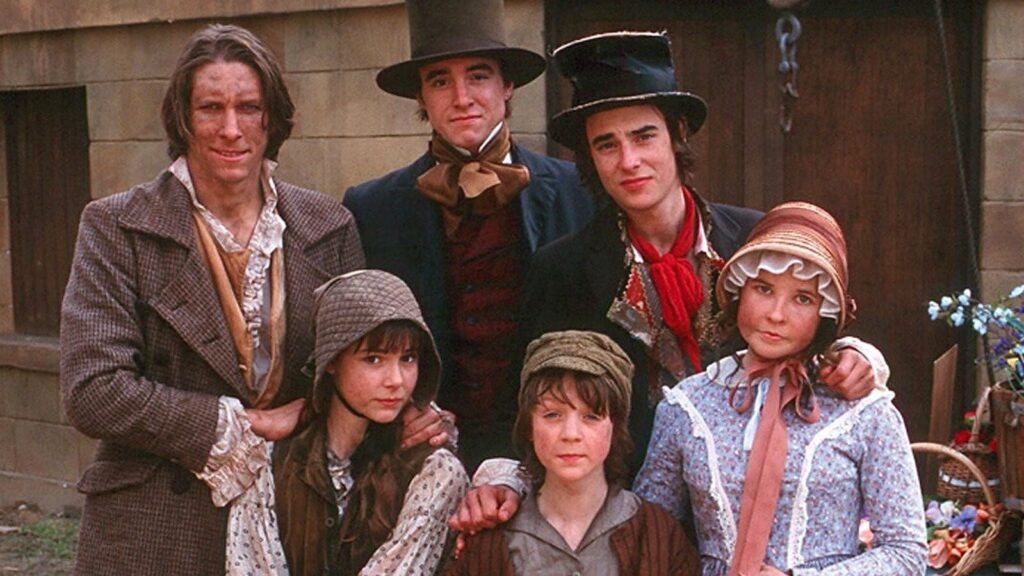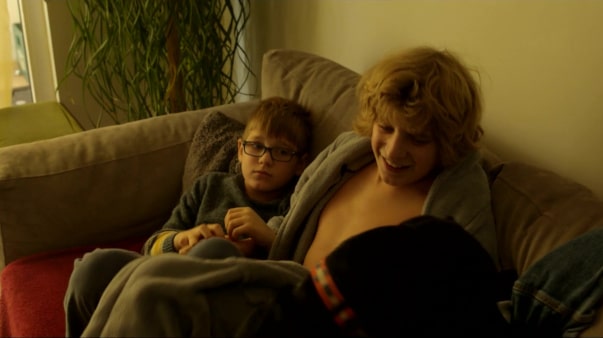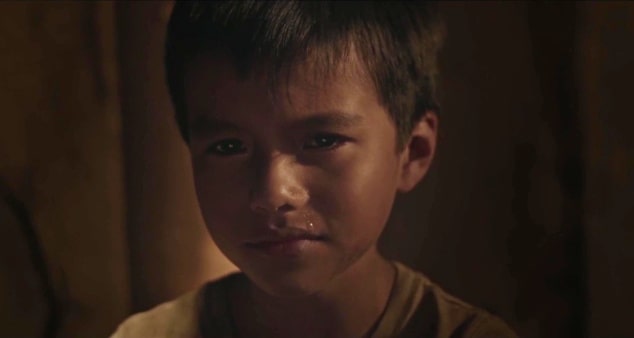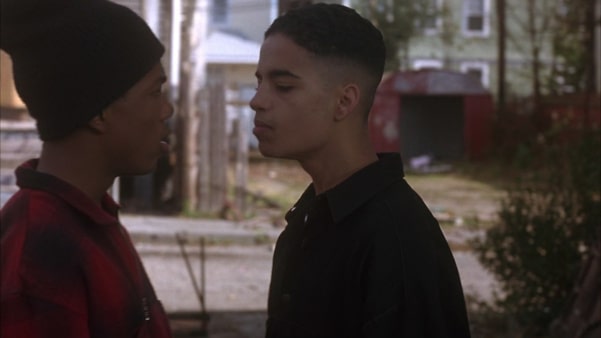The movie Running Blind from 2013 is the tale of EJ Scott, who last year set off on a mission to run 12 long distance races in 12 states for a noble cause, and he did them generally blindfolded.
EJ experiences an intriguing degenerative eye illness called Choroideremia, and quite a long while prior, he was analyzed on IMDB as lawfully visually impaired. In any case, rather than floundering in self indulgence, EJ has answered decidedly to his hardship, and he’s currently doing his best to assist with bringing issues to light and financing for a potential fix.
E.J. Scott in the Movie

EJ’s excursion while running these long distance races is a rousing story of solidarity conquering misfortune, and it’s eventually an update that one individual can to be sure have an effect.
EJ Scott took it on, as an individual mission and a public pledge drive to help research for treating the hereditary infection he has acquired, choroideremia. The noteworthy excursion of his engaging the disease and running progressive long distance races is uncovered in the sweet and impactful narrative, “Running Visually impaired.” In month to month long distance races the nation over, in Fargo and Phoenix, San Francisco and Austin, in his ebb and flow home of Los Angeles as well as New York and CBS News, Scott runs aimlessly in order to track down a fix.
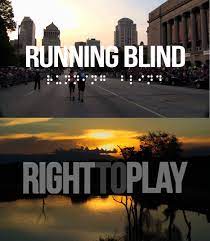
Directed by Suckatash, coordinated and altered by Ryan Suffern and delivered by parttime Telluride occupant Straight to the point Marshall, “Running Visually impaired” catches a year in the existence of a so called long distance runner, a man plan on making a move against his approaching destiny. Scott lays out an objective of bringing $12,000 up in every one of the 12 races in this documentary movie, the returns reserved for the Choroideremia Exploration Establishment, which subsidizes research that is gradually propelling treatment for the sickness. Scott’s objective was to raise $144,000; he got started at $150,000 which a lot more than he hoped for.
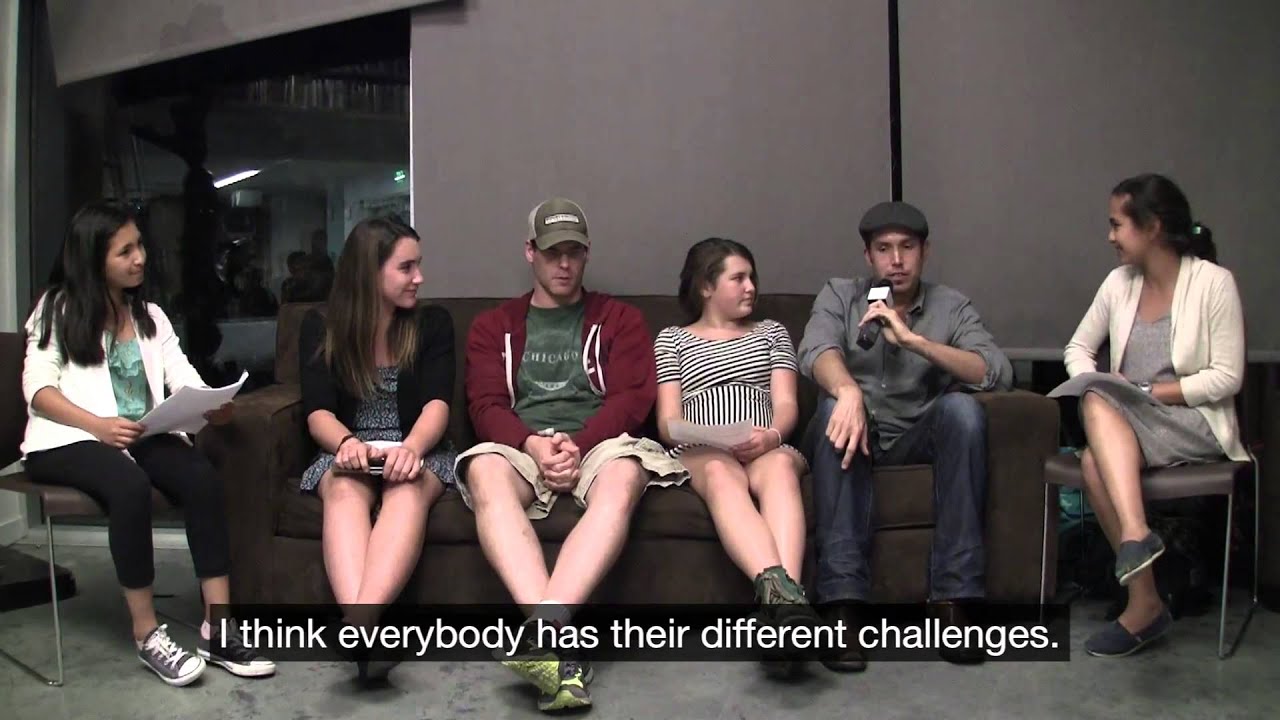
Exposure cuts posted online of the mounting number of long distance races grabbed the eye of producer Suffern. Sorting out of the Kennedy/Marshall Creation Organization in St Nick Monica, Suffern gathered video from about six sources shot in the different facilitating urban areas. Connecting this different material with film he shot himself, Suffern altered everything into a smooth and consistent film, an influencing story of assurance and achievement.


